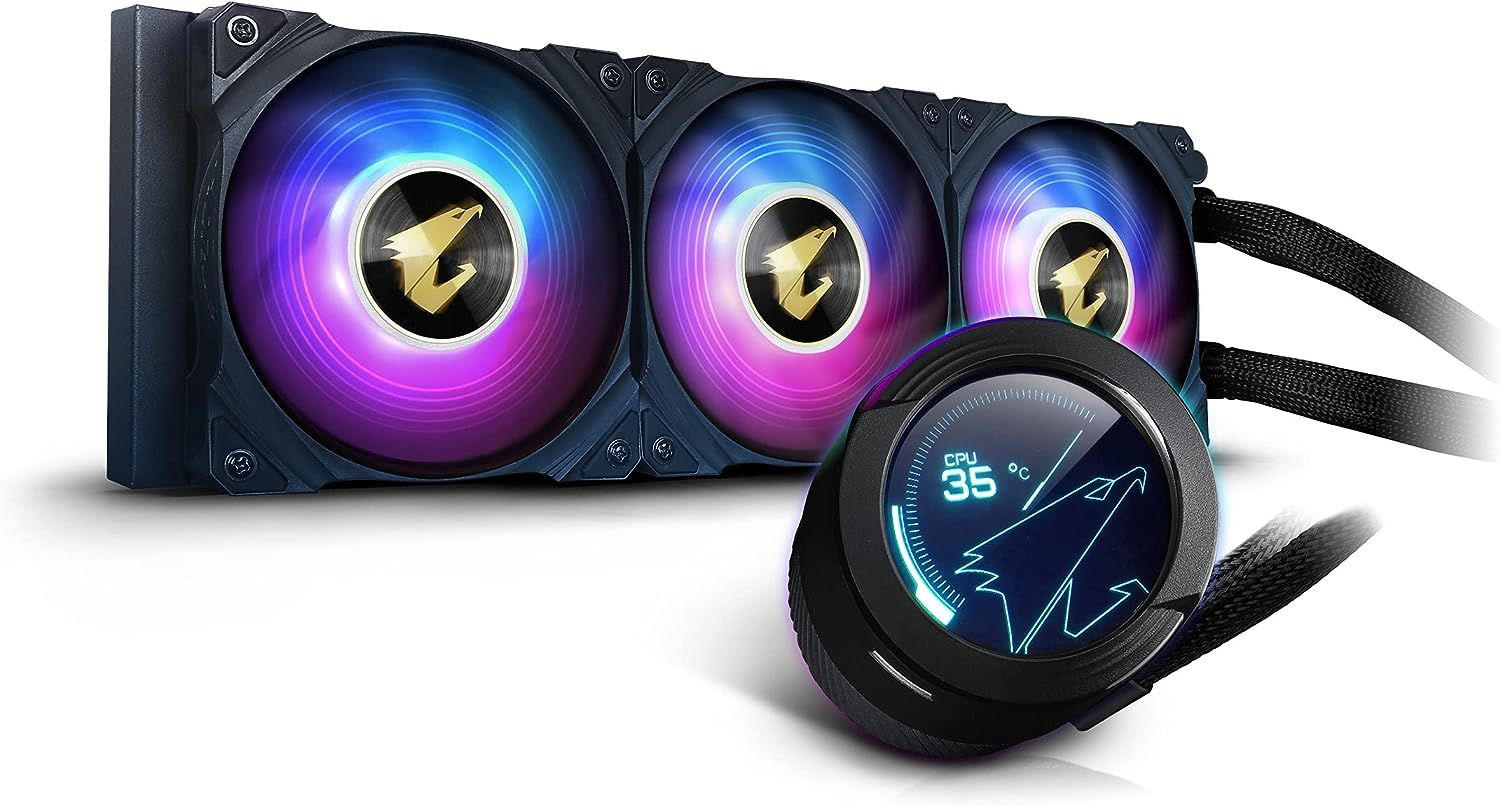If you’ve seen the average PC desktop tower, you may have noticed that these machines are absolutely massive, and you might think this is necessary for some reason. The truth is that most PC cases are bigger than necessary.
Why Is an Oversize Case A Problem?
First of all, and I need to say this from experience, no one is saying you should buy a small computer case if don’t want to. If you live in a free country where you can buy a huge SUV and then try to squeeze it into places meant for econoboxes, that’s your right. Likewise, if you’re into the whole shock and awe thing when it comes to your PC gaming setup don’t let anyone stop you from having a good time. If you want to build a workstation to rival a data center in size, go for it!
No, I’m talking to folks who might not realize that they could have the same performance and experience with their current or next PC while taking up less space. For a lot of people, space is at a premium, and whether you’re working or playing, a more compact computer has several benefits:
- It’s easier to move around.
- It means your tower could stand on your desk rather than on the floor
- It’s likely to be cheaper than a larger case
- It can be less of an eyesore and easier to hide
The bottom line is that if you care about space, cost, and minimalism, then looking for the smallest case that will meet your current and future needs makes sense.
Tiny Motherboards Are Good for Almost Everyone
These days, motherboards don’t have much impact on performance. Rather, the main limitation you’ll face when going for a more compact motherboard that fits in a smaller case is expansion. You may not have as many RAM, SSD, or PCIe slots as larger boards. However, if we’re being realistic, the vast majority of people are going to be just fine with 2/4 RAM slots, one PCIe 16x slot, and two NVME SSD slots.
USB ports are generally not an issue since even if a smaller motherboard may not have as many as larger models, connecting the case’s USB port headers to the motherboard generally results in more USB ports than most people need. Especially if you choose a motherboard with built-in Bluetooth and Wi-Fi, saving PCIe slot space, and USB port space.
SSDs Take Up Very Little Space
One of the main reasons PC cases are so chunky in the first place is thanks to large mechanical hard drives and the need to accommodate standard 3.5-inch drives. If your computer is only going to use NVME SSDs, or even 2.5-inch mechanical or solid state drives, there’s no reason to worry about reserving space for these large drives. An NVME-only system doesn’t need any drive bay space at all since the SSDs are mounted to the motherboard directly.
Graphics Cards Determine Your Minimum Case Length
The largest component in most modern desktop PCs, gaming PCs in particular, is the graphics card. Apart from the CPU, this is the hottest and hungriest component in the system, and needs a hefty cooling system to go with that. Most importantly, your case needs to be long enough to accommodate the card you want to use. That might seem to put a nail in the coffin of the smaller PC case argument, at least when it comes to gaming or workstation systems, but there’s some nuance here.
There is an enormous difference in size between a halo card like the RTX 4090 and even the next card down. If we look at the sorts of GPUs that the vast majority of people actually buy versus the largest card a typical case can accommodate, there’s on average a lot of wasted space there. There are also plenty of board partners that manage to create versions of GPUs that are significantly smaller than typical, although they may be a little wider. Generally if you’re in the market for a $2000 Titanic-sized GPU, you know it. If you suddenly decide to go that route in future, a little extra for a new case is a drop in the ocean in comparison.
Cooling and Performance
You can put the same top-tier components in a large or a small case, but many of you may be wondering about cooling and performance, and rightly so. However, whether your case size is going to create thermal issues depends on the details. If you’re building a small form-fact (SFF) computer where every components is squeezed in with only millimeters to spare, you may run into thermal throttling or limited boost, because you simply can’t fit a big enough CPU cooler into the system.

Gigabyte Aorus Waterforce X360 AIO liquid cooler
$198 $240 Save $42
An affordable yet high-tech and attractive All-In-One CPU Cooler
Likewise, the cooling solution design of your graphics card makes all the difference here. If you’re using a blower-style card that sucks in air from outside the case and then blows it out the back of the card, then it doesn’t really matter what case you’re using because the cooling system for the card is self-contained. If you’re using a card with an open cooling system, then your case can have a real impact on its cooling.
Going from a maxi tower to a medium-sized tower, on the other hand, is unlikely to make any difference in terms of cooling, other than needing fewer case fans to achieve the same cooling outcome thanks to the smaller volume. Also, if you’re using water cooling for the CPU (and these days perhaps even the GPU) you’re pumping the heat from the component directly to the exterior vents of the case where the radiators are mounted. Liquid cooling makes it possible for even more compact cases, since you don’t need massive coolers bolted directly to the components themselves.

